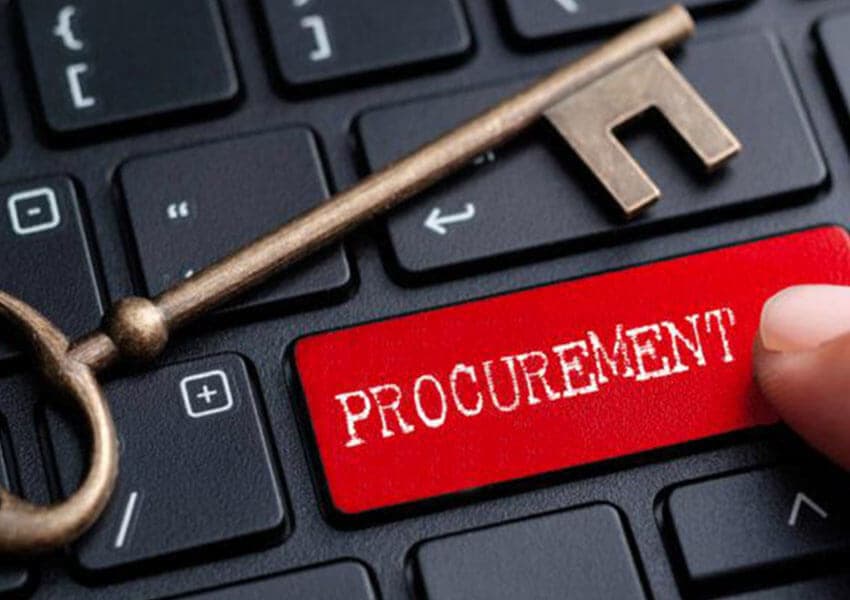“You will not find it difficult to prove that battles, campaigns, and even wars have been won or lost primarily because of logistics.” Dwight Eisenhower.
Logistics matter and for any business to run smoothly, the Supply Chain Management (SCM) must be well acquainted with the perils of Procure to Pay Processes. So whether you are a big enterprise or a small business for every firm the top priority should be to run Procure to Pay (P2P) operations in a frictionless manner.
6 bottlenecks that make procurement a fishy venture
- There is way too much paper on the desk
It makes sense to increase the percentage of invoices through electronic mediums that can be straightly processed with non human intervention.
- Non PO Based Invoices – A Necessary Evil?
Non PO Based Invoices requires immediate approvals and sends the AP (Accounts Payable) section into a haphazard tailspin. In this way human dependence becomes a bottleneck in running P2P operations smoothly.
- Little or no automation
Procure to pay automation is the way to the future. There are no second thoughts about it. In the second quarter of 2017 a report on p2p friction by Tungsten Network showed that 43 % of its respondents included ‘Lack of automated exceptions’ & ‘Lack of Automated Approval’ in their top five reasons behind P2P friction.
- Too many cooks in the P2P ownership
If supply chain had an arch enemy it would be called bad communication. A single team should own all the accountability for P2P operations. It does not matters which team handles it more efficiently as long as it is one horse race, a single coordinated effort would ensure better efficiency.
- A case for accurate spend visibility
Spend analysis has helped organizations to gain true spend visibility across geographies and different silos thereby identifying and evaluating expenses throughout the supply chain.
However, most EPR systems lack the ability to diagnose the ailment of spend visibility. So procurement folks have to do with software and system outside ERP. It can benefit the business and contribute to the organizations.
- Cordial supplier relationship
Well Tungsten Corporation survey revealed that in UK almost of a quarter of small and medium sized businesses faced potential financial crisis due to late payment of invoices. Out of the 1000 companies that were surveyed by Tungsten 23 percent responded that late payments were putting them on the verge of closure. A healthy supplier relationship can save your day when battling through a crisis.
Top Things to Consider
- Eliminate manual invoice processes and increase E-Invoices
- Opt for a shared services environment.
- Deploy Automated Solutions for mitigating fraud
Have a flexible and cordial communication with suppliers via supplier portal and third party connectivity to ensure a better supplier relationship.




